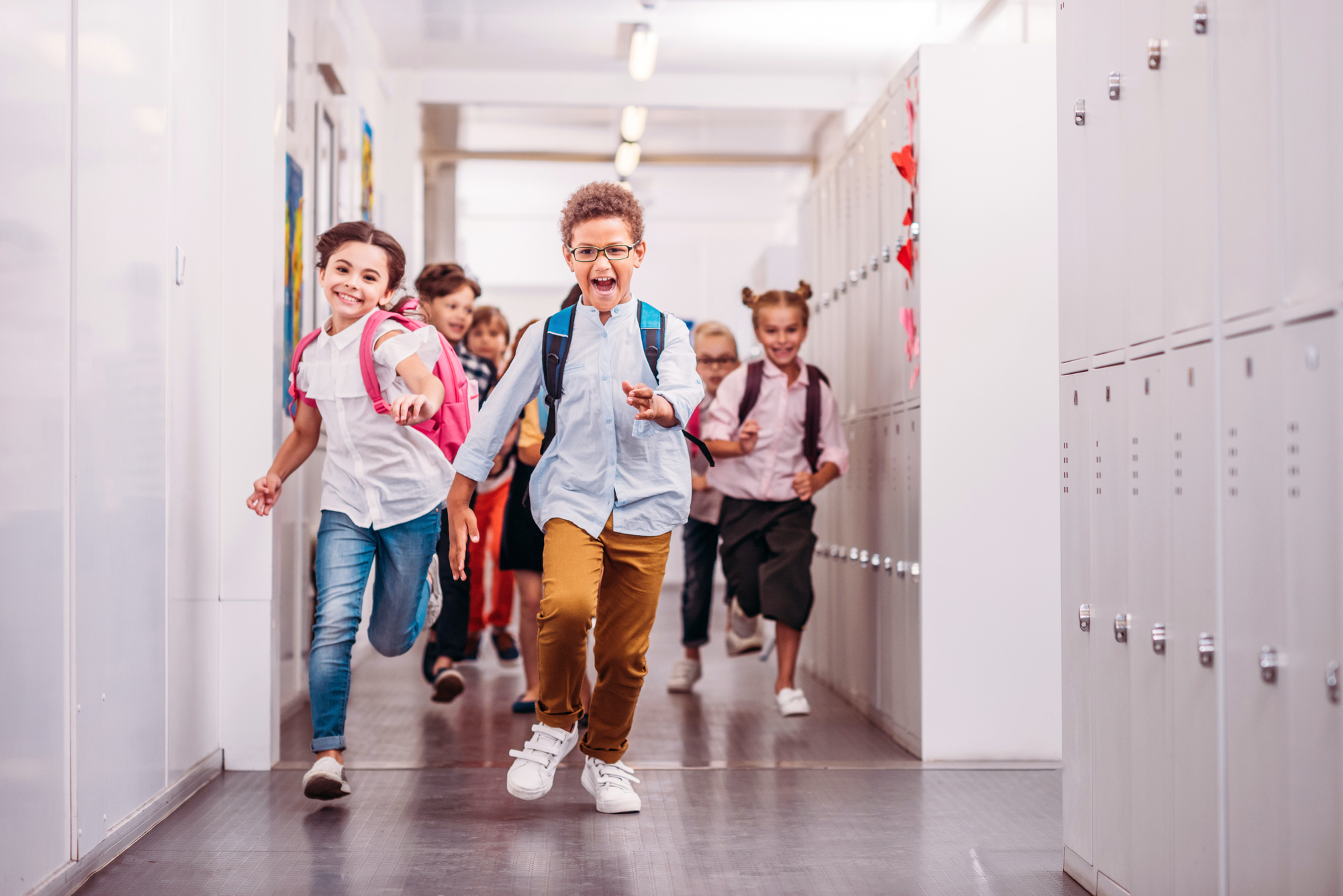Throughout 2020, COVID-19 had a profound impact on how we work and learn. The long-term effects of the pandemic on our society will likely be a matter of discussion and debate for years to come. This article will demonstrate how COVID-19 and long-term remote learning and home education programmes have impacted children within both home and school environments.
Environments play an integral role in creating supportive learning atmospheres. As safety concerns arising from COVID-19 shifted the locus of education from schools to private homes, it became immediately evident that the contextual differences were having a substantial impact on learning.
Initially, a lack of standardisation and protocol amongst schools lead to disparate and varied outcomes during the transition to remote learning. Some children were more easily facilitated while others were left in confusion for weeks while schools adapted their existing curriculums. Another disadvantage was that most households had less access to learning tools, materials, and resources than schools. Certain lessons also became much more difficult to incorporate within a remote curriculum. P.E for example, conventionally requires space and tools that are difficult to access and utilise within a communal interior space. For lower socioeconomic households the impact of these factors was even more evident, especially with the mandatory requirement of providing internet capable devices with decent connection speeds.
As children return to schools in the future, it is likely that a lack of domestic distractions and a relative abundance of materials and resources will greatly improve student outcomes and attitudes. However, schools will need to adequately supplement their cleaning regimens and social distancing commitments in the interest of safety, making the distribution of resources somewhat more difficult.
Although teachers still communicated with their students through digital means, their lack of physical presence placed considerable pressure on parents to facilitate their children’s education. Parents, no matter how well intentioned, are not trained educators. Teachers found it significantly more difficult to utilise classroom management techniques effectively over a distance: Providing positive feedback and guidance, and observing student work during lessons all became much harder to implement without the full cooperation of students and their parents.
Parents often had their own issues to contend with, typically being required to work from home and split their limited time, space and resources between their children and their workplace. For many, this resulted in being unable to provide the supervision necessary to assist their children’s remote learning. These factors, combined with a necessity for students to self-regulate and report on their own progress, scheduling, and behaviour, resulted in a natural inability to accurately verify that students were meeting their outcomes appropriately.
A return to school environments will without a doubt be more beneficial for learning than remaining at home. However, certain elements of the school environment will require modification, such as socially distancing table groups and prohibiting contact sports, which may partially mitigate some educational effectiveness. The ability for students and teachers to interact face-to-face, even if they inhabit the same space, will also be somewhat compromised. Children might experience a form of “culture shock” after returning back to school. Their movement from an informal, less-structured environment back to a formal, structured one may require several weeks of adjustment. Some children are likely to be welcoming of this change, however. Regular routines and schedules are a source of comfort for many younger children, in addition to those with neurological development challenges such as autism and ADHD.
Parents, however, are likely to be the greatest beneficiaries of children returning to schools. There will be less stress on families to provide the time, energy, and resources to supervise their children and their learning; a responsibility that will again fall upon schools and teachers. The care work that educators provide for children previously tended to be an undervalued contribution but has now become something that parents can no longer take for granted. The renewed ability for parents to work and perform household management tasks without considering the supervision of their children will certainly play an enormous role in reducing household stress.
Finally, as schools reopen and learning resumes, so too will face-to-face socialisation between children and their peers (social distancing notwithstanding.) Schools provide a unique setting for children to learn the nuances of communication and conversation. To illustrate, all children learn to develop turn taking skills, moderate the volume of their speech, and read facial expressions, body language, and social cues within school environments. Although students continue to communicate digitally, children require opportunities to make friends in-person, cooperate, form groups and do activities like play sports which are impossible online.
In conclusion, as our society settles into a post-COVID existence, we must learn from our experiences with long-term remote learning. The positive effect that our educational institutions have on our children, not just in facilitating learning, but also in promoting their social development, mental health, and physical wellbeing, cannot be understated.
Thanks to Direct Focus Solutions for the article.
Lynette is a highly experienced psychologist at Direct Focus Solutions who helps lead their multidisciplinary team of specialists. She has provided psychological services for over two decades, working in clinical, educational, and corporate settings. Lynette uses her extensive knowledge of mental health and the NDIS to facilitate the development of high-quality therapy plans and programs.
Lynette specialises in utilising talking therapies with clients, helping them to negotiate solutions to their particular struggles. Her diverse skillset allows her to assist clients facing anxiety, depression, and complex trauma or PTSD. She is also passionate about promoting the mental health and wellbeing of children and adolescents with ADHD and autism.









